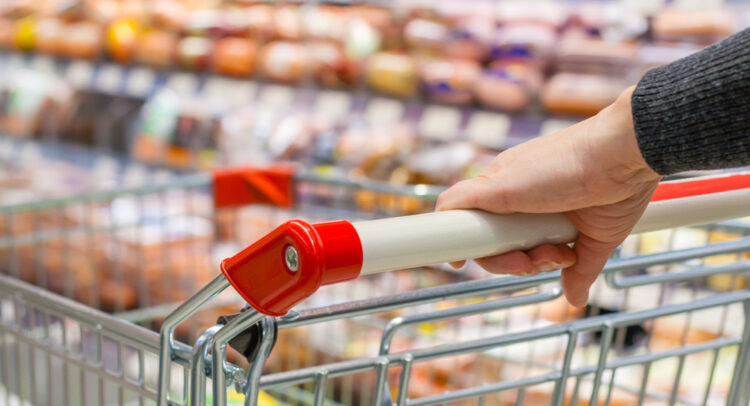Grieg Seafood ASA ((NO:GSF)) has held its Q2 earnings call. Read on for the main highlights of the call.
Claim 50% Off TipRanks Premium and Invest with Confidence
- Unlock hedge-fund level data and powerful investing tools designed to help you make smarter, sharper decisions
- Stay ahead of the market with the latest news and analysis so your portfolio is always positioned for maximum potential
Grieg Seafood ASA’s recent earnings call painted a mixed picture of the company’s current financial landscape. While the successful divestment of certain regions and improvements in operational performance in Rogaland were celebrated, challenges such as low salmon prices and increased farming costs continue to weigh on profitability. The sentiment was cautiously optimistic, with management acknowledging both achievements and hurdles in the current market environment.
Successful Divestment of Regions
Grieg Seafood announced a significant sales agreement with Cermaq, securing NOK 10.2 billion for its operations in Finmark and British Columbia. This move not only reflects the high quality of the company’s assets but also aligns with its ongoing transformation program. The divestment is expected to strengthen Grieg Seafood’s financial position and support its strategic shift.
Strong Operational Performance in Rogaland
The company reported a robust operational performance in Rogaland, harvesting nearly 9,000 tonnes and achieving an operational EBIT of NOK 145 million. This translates to NOK 16.5 per kilo, indicating a return to normalized levels and showcasing the region’s efficiency and productivity.
Biological Improvements and Efficiency
Grieg Seafood highlighted significant biological improvements, with survival rates increasing from 84% to 89%. This was attributed to reduced time at sea and a better feed ratio, underscoring the company’s commitment to enhancing operational efficiency and sustainability.
Cash Flow and Financial Position
The company reported a net cash flow from operations of NOK 351 million, bolstered by positive contributions from working capital changes. The transaction with Cermaq is expected to close in Q4, further ensuring a strong liquidity position and financial stability.
Pressure on Salmon Prices
The earnings call noted a 12% decrease in the realized price of salmon compared to the previous year. While prices are expected to remain low in the short term, there is optimism for an increase as production levels normalize.
Increased Farming Costs
Farming costs have risen from the last quarter due to more cost-intensive sites, though they remain below the long-term target of NOK 60 per kilo. This highlights the ongoing challenge of managing operational costs in a fluctuating market.
High Financial Costs
Despite improvements in cost efficiency, high financial costs continue to impact Grieg Seafood’s profitability. The net financial items reflect the full financial cost of the group, posing a challenge to the company’s bottom line.
Forward-Looking Guidance
Looking ahead, Grieg Seafood has set ambitious targets, including harvesting 8,000 tonnes in Q3 and 30,000 tonnes for the year. The company plans to shift its focus from global to regional operations, prioritizing profitability over growth. With a goal of achieving a 50% equity ratio, Grieg Seafood aims to maintain a robust balance sheet while navigating the current economic landscape.
In conclusion, Grieg Seafood ASA’s earnings call revealed a company navigating both opportunities and challenges. While successful divestments and operational improvements provide a solid foundation, pressures from low salmon prices and high costs remain. The company’s strategic focus on regional operations and profitability offers a promising path forward, reflecting a balanced approach to growth and financial stability.
















